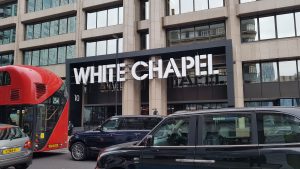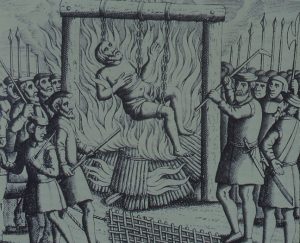London’s East End – The Peasants’ Revolt to Street Art.
Aldgate Tube High Street Exit 2.30pm Sat Dec 21st 2019
The walk sets out to explore as much of the East End as is possible in 2 hours. We start at Aldgate London’s ancient East Gate to investigate Roman and Medieval origins as well as the dramatic events of the Peasants Revolt of 1381.
The fields, Monasteries and villages of Whitechapel, Brick Lane, Spitalfields, Shoreditch and Hoxton became the home for poor people and groups of immigrants excluded from the City’s Guild system. From the 16th century it gave refuge to European protestants fleeing from French Catholic.repression. From the 17th century it welcomed Jewish refugees particularly from Russian, and in the 19th Irish, and exiles joined in.
17th century it welcomed Jewish refugees particularly from Russian, and in the 19th Irish, and exiles joined in.
The area was one of the main centres of industry for London until the 20th Century when the vacant workshops and the crumbling historic housing began to attract artists and bohemian incomers. The opportunities this gave created a vibrant new area and eventually must people began to appreciate the street art that covered virtually every inch of its walls.

 on Saturday, November 30.
on Saturday, November 30.